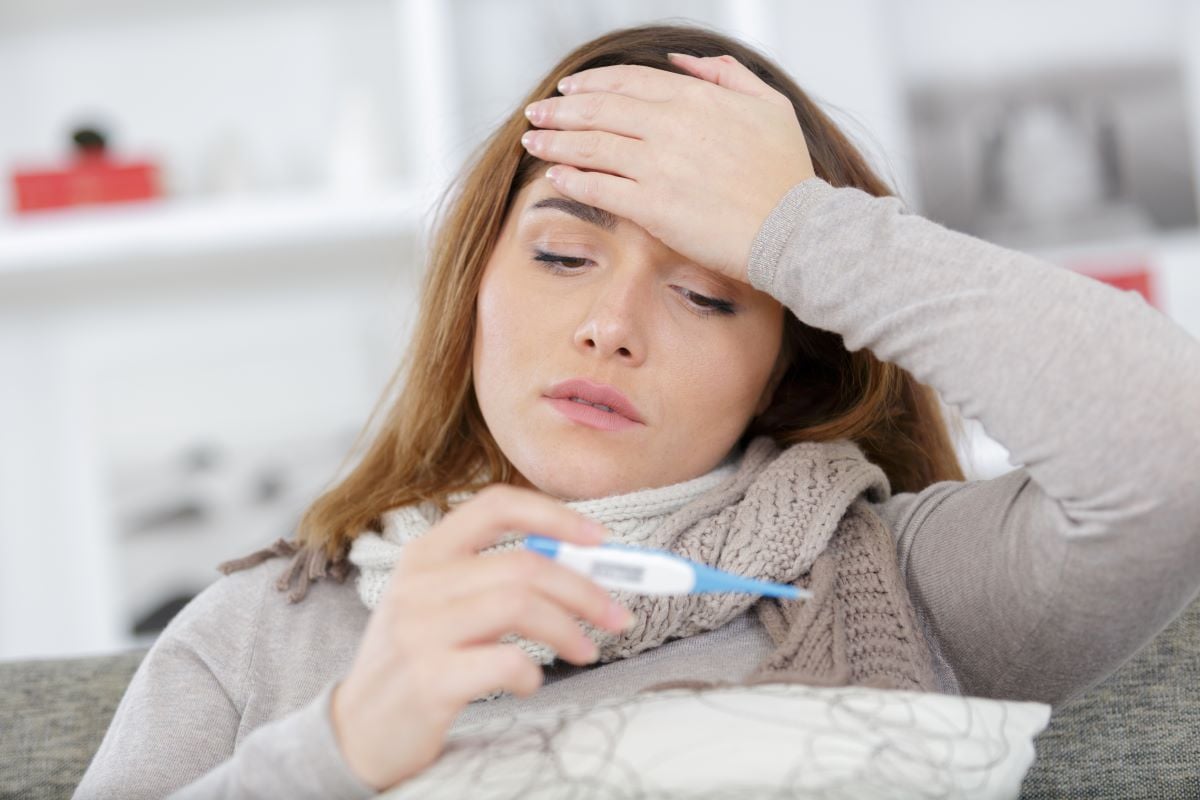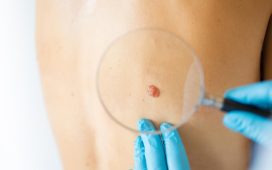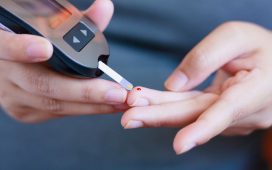Pandemic brought loss of immunity to the virus, which has now translated into higher infection rates across the U.S.
By Physician’s Briefing Staff HealthDay Reporter
WEDNESDAY, Aug. 14, 2024 (HealthDay News) — In a health alert issued by the U.S. Centers for Disease Control and Prevention, the agency said it has received reports of higher test positivity rates for parvovirus B19 in recent months: The proportion of people with antibodies indicating recent infection, which fell below 3 percent from 2022 to 2024, spiked to 10 percent in June.
But children between the ages of 5 and 9 years were hit particularly hard, with infection rates going from 15 percent from 2022 to 2024 to 40 percent by June 2024.
The United States is not the only country experiencing a surge in parvovirus cases: In June, the European Centre for Disease Prevention and Control reported unusually high numbers of parvovirus cases in 14 European countries during the first quarter of 2024.
Parvovirus, also known as “slapped cheek disease” for the facial rash it can cause in children, is considered common: Nearly half of Americans have detectable levels of parvovirus B19 antibodies by age 20 years, while more than 70 percent have these antibodies by the age of 40 years. People in occupations with close contact with children, such as schools and day care centers, tend to be at higher risk for infection, the CDC noted.
As with many other respiratory illnesses, social distancing measures that aimed to slow the spread of COVID-19 during the pandemic also dramatically lowered parvovirus B19 infection rates. With that came a corresponding loss of immunity to the virus, which has now translated into higher infection rates across the country.
The CDC noted it has also received reports of higher-than-expected case counts among pregnant women, including complications such as severe fetal anemia or miscarriage, and increases in a life-threatening type of anemia in people with sickle cell disease.
Many people do not have any symptoms, but if they do, there are typically two phases of illness, the CDC said. In the first phase, which begins about a week after infection, patients can develop fever, muscle aches, and malaise that last about five days. This is when people are most contagious. During the second phase of illness, children tend to develop a facial rash, followed by a body rash or joint pain. Adults often have a rash on the trunk and joint pain.
But for some people, parvovirus can cause severe complications: People with sickle cell disease or those with severely weakened immune systems may develop aplastic anemia. Among pregnant women, about 5 to 10 percent of cases can result in anemia, hydrops fetalis, or miscarriage.
Unfortunately, there is no vaccine for parvovirus and no specific treatment is indicated, the CDC said. Luckily, most infections resolve on their own with supportive care.
Copyright © 2024 HealthDay. All rights reserved.








